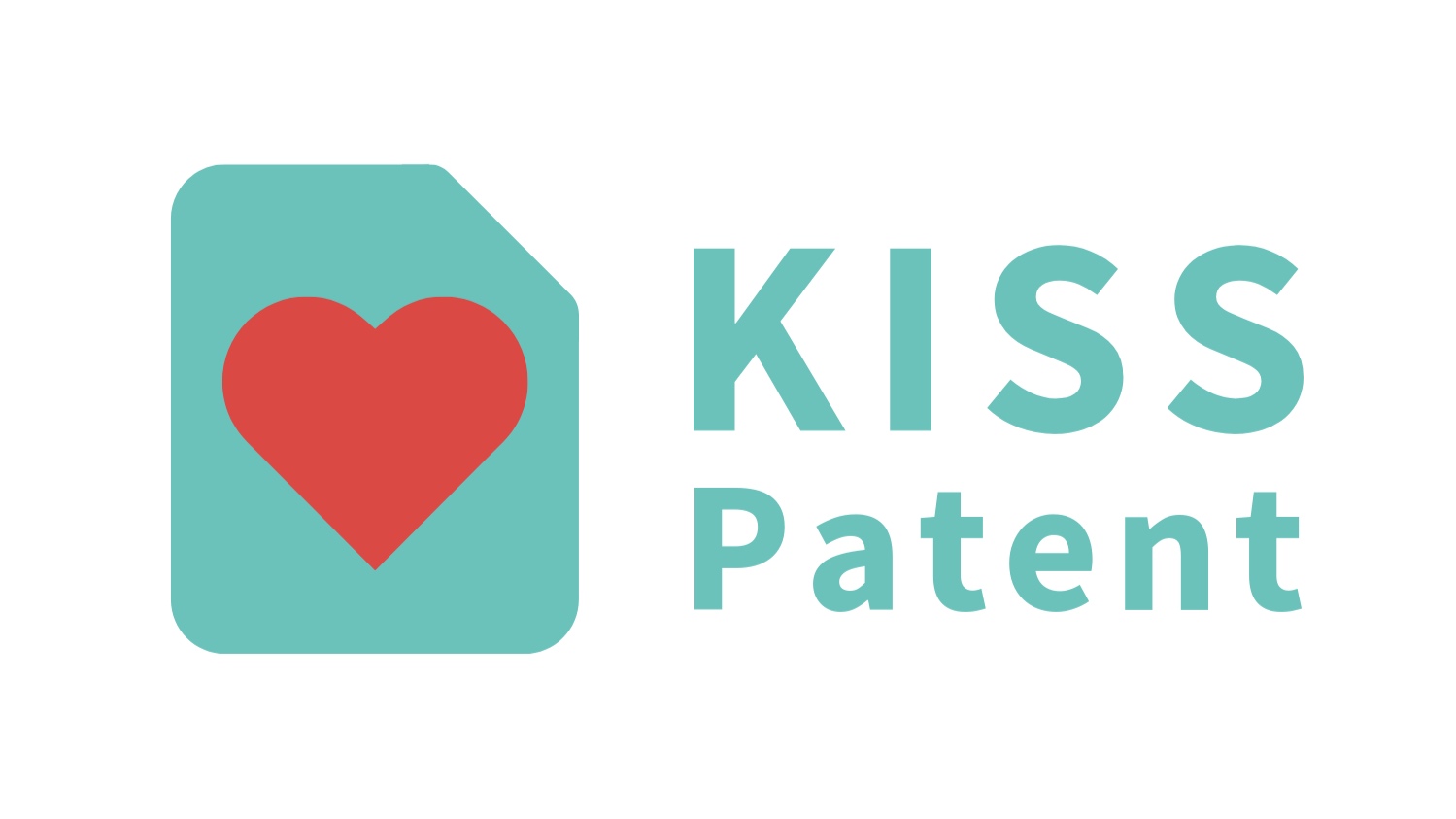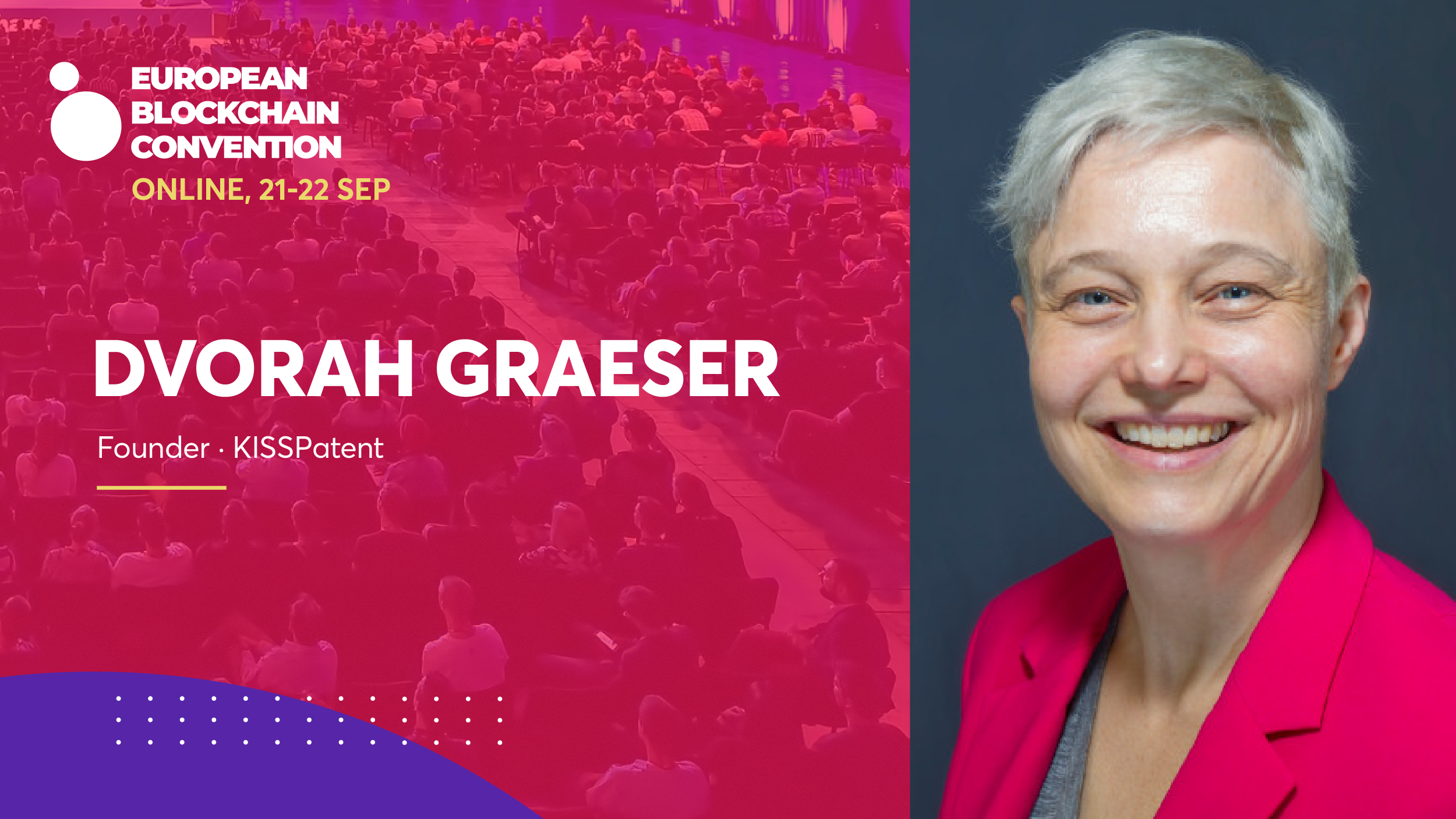They say that the journey of a thousand miles begins with a single step. For provisional applications, it hopefully won't take you quite a thousand miles, but the process does take time.
Provisional applications are a very special type of patent application. They're only available in the US. They're there to help you get your foot in the door without having to spend too much money. Provisional applications are designed to help inventors, entrepreneurs, startups, but also larger companies, get into the patent filing process.
You can file a provisional application and protect your idea, without spending too much money.
Basic Provisional Requirements
Like other types of patent applications, the provisional application follows some of the same rules. You do have to file text and drawing describing your invention and paperwork. Patent offices, like government offices everywhere, run on paperwork. But before you start writing your provisional application, you have to know whether your idea is in a patentable category of ideas.
Patentable categories are the most basic standard for getting patent protection in any country. This basic standard is that the idea needs to be about technology, like software or hardware, drugs, mechanical devices, chemistry, or electronic devices. Those are all examples of ideas that fall into a patentable category of ideas because they involve technology. The idea can't be too abstract. There has to be a real-world implementation that you have in mind. You don't have to have created your idea or implemented it entirely in the real world, and you have to have it designed out. If it falls into a patentable category of ideas, then you could file for a provisional application for it.
One other point is that patentable category of ideas do not include things like names or logos, which are protected by trademarks. They also don't include things like videos, books, or music. Those things are all covered by copyright.
Publish and (Don’t) Perish
Another important point about the provisional application, in terms of its basic requirements, is that you have to file the application within one year of publication of your idea. This is only in the US. In other countries, if you publish your idea, you can't file for a patent application at all. The US does allow you to file for a patent application within one year of publishing your idea. You can either file for a provisional application or a regular utility patent application, otherwise known as the US Full Application.
In both cases though, you need to file for your application before one year has elapsed from the date that you published your idea.
Let's say you launched your app ten months ago. As long as you file within 12 months of when you launched your app, you're fine. You will have filed within 12 months of publication – in the US. But let's say you launched your app 13 months ago. Well, that's not good. You're over the 12-month time limit, and you cannot file a patent application in the US.
Provisional vs Regular US Patent Application
What does a provisional application give you, and how is it different than from a US Full Application?
A provisional application gives you the right to a filing date. It's a placeholder application. It only gives you the power to that date, and then you have to perform specific steps within a certain amount of time for that filing date to benefit you. I'll describe later on what those further steps are. To get the benefit, you also need to specify your idea so that someone in your field, someone who is of regular skill in your field, not an expert, not a genius, just an ordinary person in your area, could understand it. That's what the text and drawings are about. The documents and illustrations are there to describe your ideas so that someone in your field would be able to understand it.
To summarize, you need to have an idea that falls into a patentable category of ideas, that is to say, related to technology. You have to file within one year of publication if you only want the US. Publication of your idea, which can include the release of an app, publication of your idea on a website, giving a TED talk, etc ... If you want to have international protection, you have to file before you publish.
Is a provisional patent what your innovation needs?
Take our short survey to find out if a provisional patent is right for your idea!
Filing Your Provisional Application
Provisional applications, unlike US Full Applications, don't have as many strict requirements about exactly what's described, about the order. You can have the drawings embedded in the text, which you're not allowed to do with the regular patent application. All kinds of things are possible with a provisional. The rules are much looser. You do also need to prepare paperwork. Like I said before, USPTO is a giant bureaucracy – and it loves paperwork. Then you file at the US Patent and Trademark Office, that's to say the USPTO, electronically.
It's best to have a US Patent Agent or attorney help you, because first of all, you want your provisional application to have as broad of protection as possible. Also, the filing process electronically is surprisingly tricky. The user interface for the USPTO is not the world's greatest and it's easy to make a mistake. I've had people come to me and say, "Well, I don't know if I did this correctly. They don't have any information." Somehow they don't have the receipt that you get at the end with the filing application date and number, so I can't go track it down for them. It can be hard to do correctly even though the process seems straightforward. You don't want to make a mistake with your filing.
After You File Your Provisional Application
You filed your provisional application. Now, what are you going to do? You have one year to submit a US Full or PCT Application. The US Full Application is only for the US, and it is cheaper. You must file in the US if you publish before submitting a provisional application because remember, you can publish and then file in the US.
The PCT Application International gives you the right to file in multiple countries. In both cases, you have to file text and drawings, and you have yet more paperwork. A lot more paperwork for both the US Full and for the PCT Application and the paperwork gets a lot more tricky. You want to get help from a US Patent Agent or attorney in this case, just because it's nontrivial filing both of these applications, and the rules are a lot more strict than for the provisional.
Next Steps After the Provisional
You file your PCT Application or US Full Application within one year, that's great. Now, what happens? Well, in the US, you wait for the examiner ... and wait, and wait. It can take two to three years from the date of filing your US Full Application before it's picked up for examination because the US Patent and Trademark Office has a giant backlog.
For the PCT Application, 30 months from a US Provisional Application filing date, you would then file the countries that you want. For the PCT, you file the provisional, within one year you file the PCT. Within 30 months, two and a half years from your provisional application filing date, you then file in the countries you want internationally, and then the examination process begins.
For both the PCT and the US Full Application there is an examination process. For the PCT you'll get some response from the PCT examiner reasonably quickly, usually within six to ten months of filing your PCT application. That is not true for the US. The PCT process means that they're required to get back to you more quickly so that you can decide what countries you want to file in. The PCT examination process is separate from the country by country examining process. I know it's a bit tricky but think of it this way. The PCT application is a placeholder. You're thinking about what countries you want to file in. You have the right to file in many countries all over the world. The PCT examination process there is just intended to give you information.
For both the US Full and for other countries outside the US, once you file an application there, then you start the examining process in that country. The examination process is country by country, so you have to file in each country separately, and then the examination occurs in each country separately, according to that country's rules and regulations.











